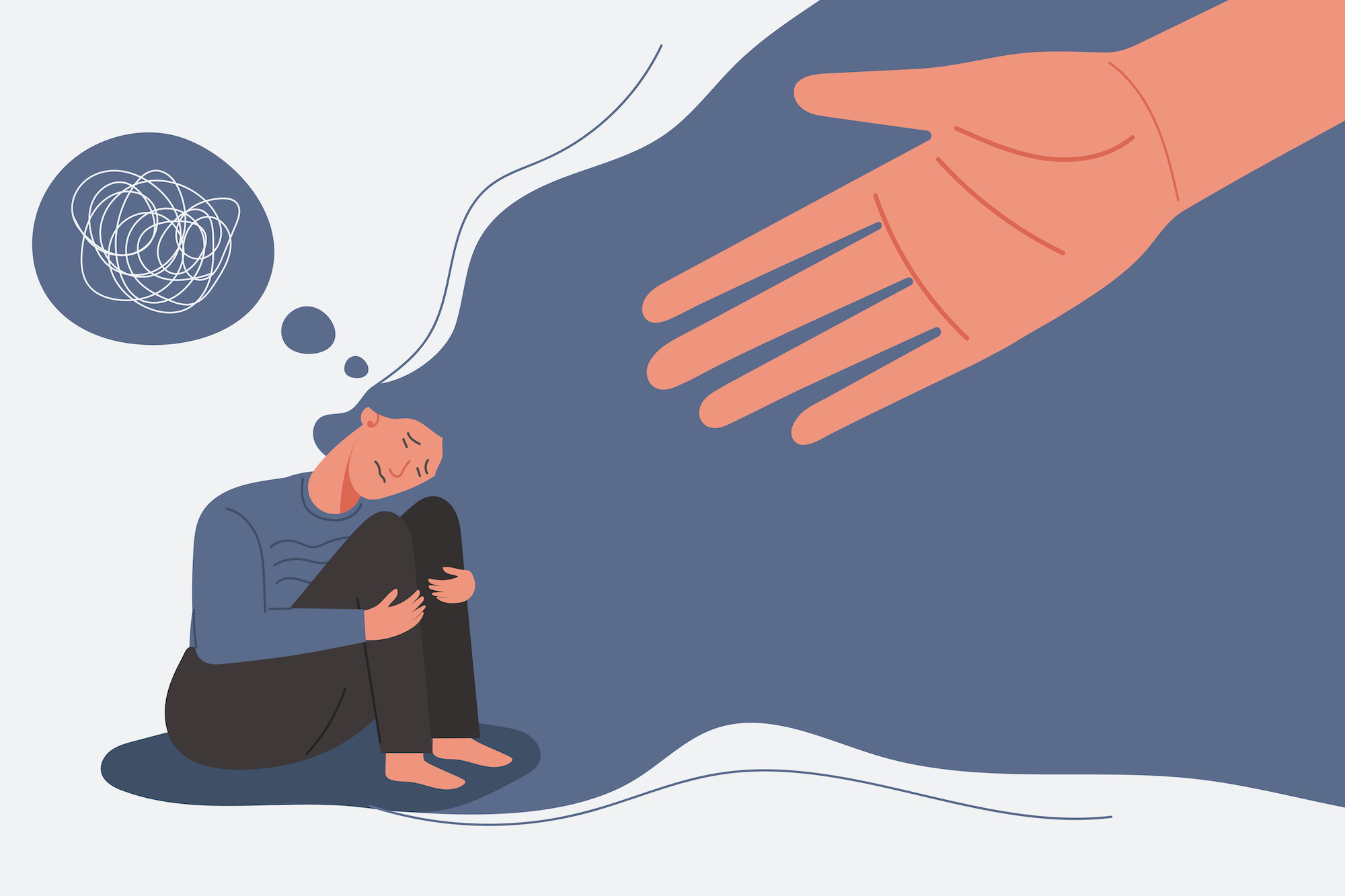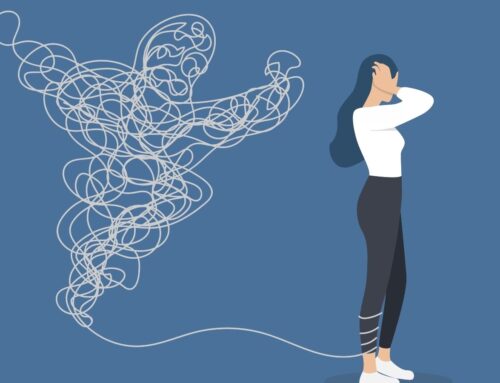Watching your child or adolescent struggle with an anxiety disorder can be very challenging. Parents and caregivers often struggle with finding ways to help their children manage their emotions and symptoms, and frequently end up feeling helpless.
The current gold standard treatment for childhood anxiety is cognitive behavior therapy (CBT), in which the therapist works directly with the child or adolescent, and the parent has little to no input. SPACE, which stands for Supportive Parenting for Anxious Childhood Emotions, is a new treatment method that is proposing a change to this model. The SPACE program is designed to help children feel less anxious, but it’s the parents and caregivers that participate in treatment sessions — not the kid.
What is SPACE, and who is it for?
Developed by Dr. Eli Lebowitz, director of the Program for Anxiety Disorders of the Yale Child Study Center, SPACE is an innovative, evidence-based program to help treat children with anxiety. SPACE can help tackle anything from separation anxiety, generalized anxiety or social anxiety, to fears and phobias. The treatment can also be used for children with obsessive-compulsive disorder, selective mutism, and panic disorder.
To understand the foundations of SPACE, think of the concept of “fight-flight-freeze”. As an adult, when faced with a threat, you may sprint away, stand up to the danger, or simply become paralyzed. Children, however, have a different first instinct: via mechanisms ranging from crying to pleading or refusing, they communicate their feelings to their caregiver, who is an intrinsic part of their support system and defense mechanism. What this tells us, Lebowitz proposed, is that anxiety in children is “not a one-person event — it’s really an interpersonal event.” The child sends distress signals to the parent, and the parent picks up the signals and responds appropriately.
Why is that notion important to the therapy?
Given the significance of parents to the child’s anxiety — and the natural reliance of children on parents in coping with difficult situations — SPACE is a novel parent-based program. Rather than providing therapy directly to anxious children, it’s parents who go through training to learn strategies that will help their kids overcome their anxiety.
This approach takes a “systemic view” giving more prominence to the role of the family system in the child’s anxiety. SPACE aims to modify the parents’ behavior through psychoeducation about anxiety disorders, monitoring current parental behaviors, and equipping caregivers with strategies and detailed plans designed to best support the child’s treatment.
What tools will parents receive?
SPACE treatment focuses on two primary changes in parents: increasing supportive responses and decreasing accommodating behaviors. Intrigued? Let’s break it down.
In SPACE, parents will learn to respond more supportively to their child’s anxiety. A parent conveys support by showing two things: “acceptance” — acknowledging and validating a child’s feelings — and “confidence” — telling a child that they will be okay despite their anxiety, said Lebowitz.
Importantly, at the same time, parents will aim to decrease accommodations they’ve been making to the child’s anxiety symptoms.
Accommodations are wide-ranging: If a child has anxiety about being alone, for example, a parent may opt to sleep in the child’s bedroom each night. If a child has worried thoughts, a parent may answer dozens of questions in an attempt to reduce distress. If a child has social anxiety, a parent may step in to speak on their behalf during social situations.
In the short term, accommodations can prove useful. But research has shown that parental accommodation is associated with worse symptoms over time, Lebowitz points out. Accommodations can help maintain existing patterns of anxiety, promoting avoidance and reinforcing pathological beliefs. SPACE helps parents identify the accommodations they already make, and gradually and systematically reduce those accommodations.
Is it effective?
In several published research studies and detailed case studies, SPACE is shown to be an effective approach — one that reframes childhood anxiety in the context of family dynamics. In a study conducted by Lebowitz and a team, the novel SPACE treatment proved to be just as efficacious as the well-established cognitive behavioral therapy in reducing child anxiety. SPACE can also be used alongside direct child-based therapy, and especially in cases when a child refuses to, or has difficulty, directly participating in therapy.
***
If you’re interested in trying out SPACE therapy, Georgetown Psychology offers this evidence-based treatment virtually with Dr. Diana Dinescu.






